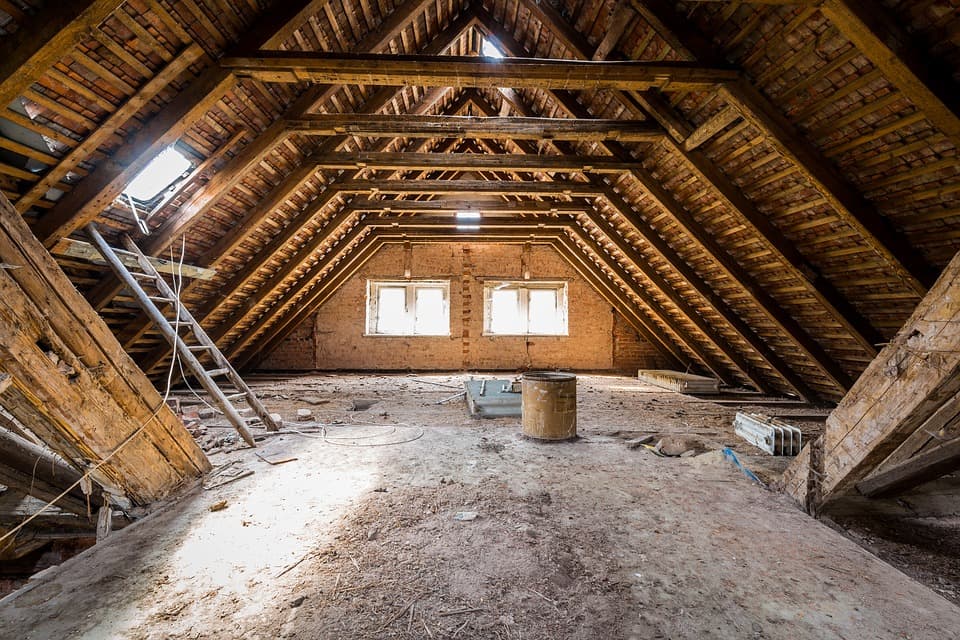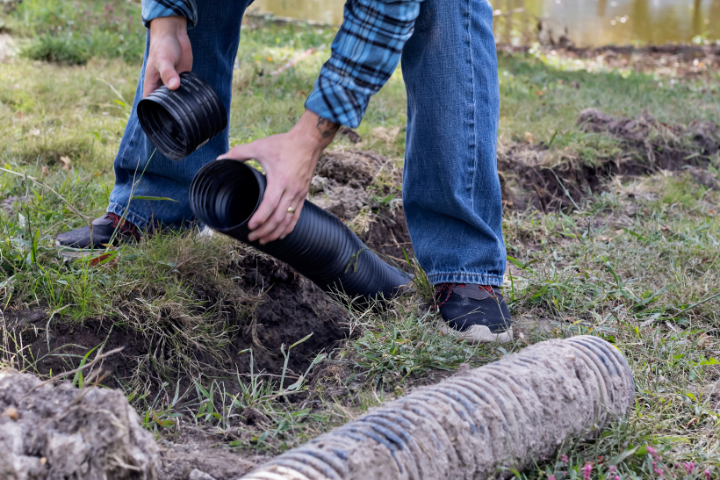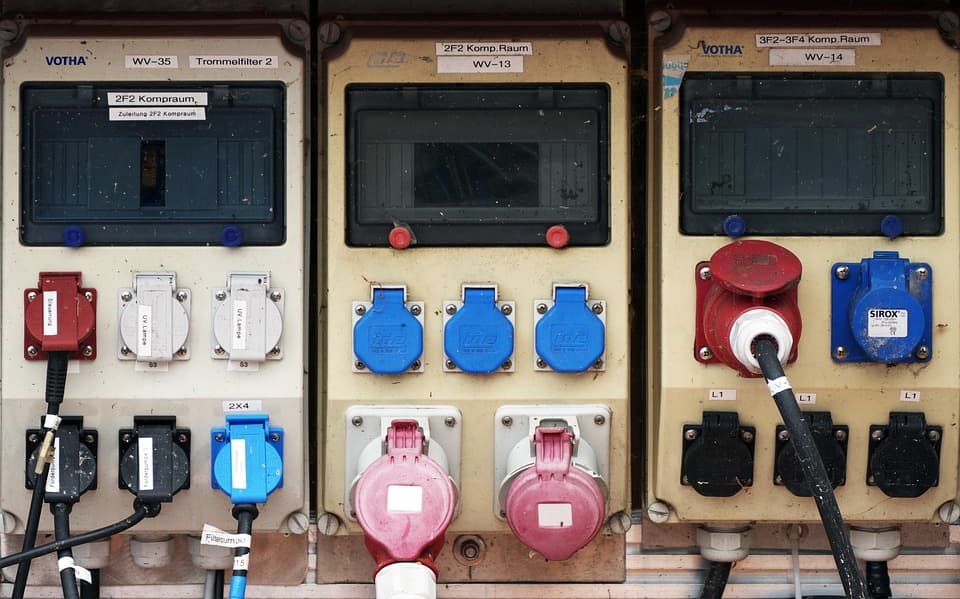Are you looking for a contractor?
Submit our quick form and get quotes now!
Table of Contents
5 min read
What is a Vapour Barrier?


5 min read
What is a Vapour Barrier?
InsulationWhat is a Vapour Barrier?
It’s hard to deny that basements and bathrooms are generally the dampest rooms in a home. Keeping up with maintaining these spaces can often be a challenge. It’s crucial to keep humidity and moisture levels as low as possible, as excess moisture will lead to deterioration as well as mould and mildew growth. So what methods can you put in place to keep these things at bay? Enter the vapour barrier.
The vapour barrier comes down to having a good level of insulation in the walls and floors, helping you to keep the amount of humidity in these areas under control. This installation can be an excellent way to solve persistent humidity problems.
What is the role of a vapour barrier in a home?

When building a new home, there are two vital questions that all professionals take into consideration:
How can we keep water out?
If water gets in, how can it escape?
These questions can help us think more broadly about why we might install a vapour barrier in the first place.
The Canadian Mortgage and Housing Corporation (CMHC) has compared the different insulation components of a house to a wool sweater: “A wool sweater will keep you warm if the wind is not blowing and it is not raining. On a windy, rainy day, wearing a nylon shell over your wool sweater helps keep you reasonably dry and warm.”
This metaphor is nice for a house, as its layers operate in a similar fashion. On the outside, underneath the brick or siding, there’s an air barrier that works in the same way as the nylon aforementioned— it keeps the wind from blowing through and finding its way into your home. Then there is the insulation, like the sweater and finally a vapour barrier. This protective layer helps keep moisture away from the house's structure, where it can do damage.
A vapour barrier is generally made of plastic or foil used as a damp-proof layer to curve the formation of moisture in walls, floors, crawl spaces, attics, your foundation as well as your roof. Not only will this help the structure of your home last significantly longer, but it will also aid in the avoidance of mould and mildew growth which are typical of excess dampness. Having mould and mildew anywhere in the surfaces of your home is a serious health risk. Further, damage caused by excess condensation or humidity is challenging to deal with. It can greatly threaten the materials themselves as well as any insulation already in place.
Not only can moisture find its way into your home from the exterior, but there are many sources within your interior. Many daily activities involve a buildup of moisture and this includes cooking, doing dishes and laundry, taking a shower and so on. This humidity and condensation can compromise the integrity of your walls, ceilings and floors but a vapour barrier can assist you in keeping everything under control.
Installing a vapour barrier: things to know
There are several materials that can be used as a vapour barrier aside from the ones mentioned above, and they are as follows:
Elastomeric coating;
Metalized film;
Vapour retarder paints;
Asphalt-coated paper;
Exterior grade plywood;
Glass and metal sheets.
All the aforementioned materials have a different level of permeability, and the one you choose will greatly depend on the climate you live in as well as how much humidity you produce inside the home. Do spend some time researching the proper vapour barrier right for your conditions, as it would be frustrating to put in time, energy and money to an install that isn’t resistant enough. It’s also worth mentioning that for a vapour barrier to work correctly, there needs to be sufficient insulation in the walls of your home. Insulation is very important, and if you’re curious about this subject, check out our article on the top signs of poor insulation.
As mentioned, the vapour barrier will be placed throughout walls, ceilings and floors. In your walls, it should be installed before posing the gypsum board and on the interior face of the insulating material. Basically, placed between the insulating material and the drywall.
With this type of installation, the humidity will not move through the walls, therefore maintaining the longevity of the surfaces. Installing a barrier in both floor and walls will further improve the room's resistance to humidity.
Benefits of a house that is well insulated

Investing in your home's insulation can really improve your quality of life. Not only will it prevent mould and mildew growth as well as excessive humidity, but it will also allow a better airflow. Depending on the insulating material you’ve used, you may end up saving up to 50% on your electricity bills. This means that a well-insulated house will ensure a comfortable indoor temperature all year round, both summer and winter.
Lastly, keeping energy use and costs down is a green-friendly practice, and we should all be thinking a little be more about taking care of the environment.
Get 3 renovation quotes for your home insulation project
RenoQuotes.com can help you get quotes for your home insulation project. If you submit your project to us, we’ll put you in contact with the best-qualified contractors in our network. Fill out the form on the homepage (it only takes a few minutes), and you will receive quotes from home renovation and insulation specialists.
Dial 1-844 828-1588 to speak with one of our customer service representatives
Last modified 2023-11-07
Looking for something else?
Related articles
The latest industry news, interviews, technologies, and resources.

RenoQuotes.com • 07 Nov 2023
If your home is in a humid climate, or you’re finding a buildup of condensation on your walls or windows, you should consider a dehumidifier for your home.

Amanda Harvey • 07 Nov 2023
A well-kept and intricately designed front lawn will allow you to explore your creativity while adding to the curb appeal of your home. Landscaping is a valuable practice and can involve elements from trees and plants to decorative stonework and architectural elements. Taking on a landscaping project can be a quick DIY job or a week-long undertaking. Either way, if you’re living in the city of Toronto, it is important to make sure you’re following the rules when it comes to tampering with your lawn and the surrounding areas.

RenoQuotes.com • 19 Jan 2024
In a fictional world made up solely of residential drainage solutions, the French drain is the epitome of all systems, distinguished by its features and efficiency. This article will focus on the key differences between a French drain and other commonly used home drainage solutions. Understanding the differences is crucial to efficiently manage water around the perimeter of your home and prevent moisture problems. Uncover which drainage system best suits your residential needs.

RenoQuotes.com • 13 Feb 2024
Electricity is a vital component in modern households, powering appliances, lighting up rooms, and facilitating day-to-day living. However, over time, electrical panels, or breaker panels as they’re commonly referred to, are often neglected, becoming near obsolete and presenting potential safety risks and, ultimately, limiting energy efficiency.

Amanda Harvey • 07 Nov 2023
Industrial style is excellent for the homeowner who is looking for a concept that lacks any sort of pretentiousness. The visual appeal and charm of industrial style lie in its ability to showcase utilitarian surfaces, stripped-back architecture and salvaged objects. If you’re looking to celebrate humble materials, then this is the home decor option worth considering!